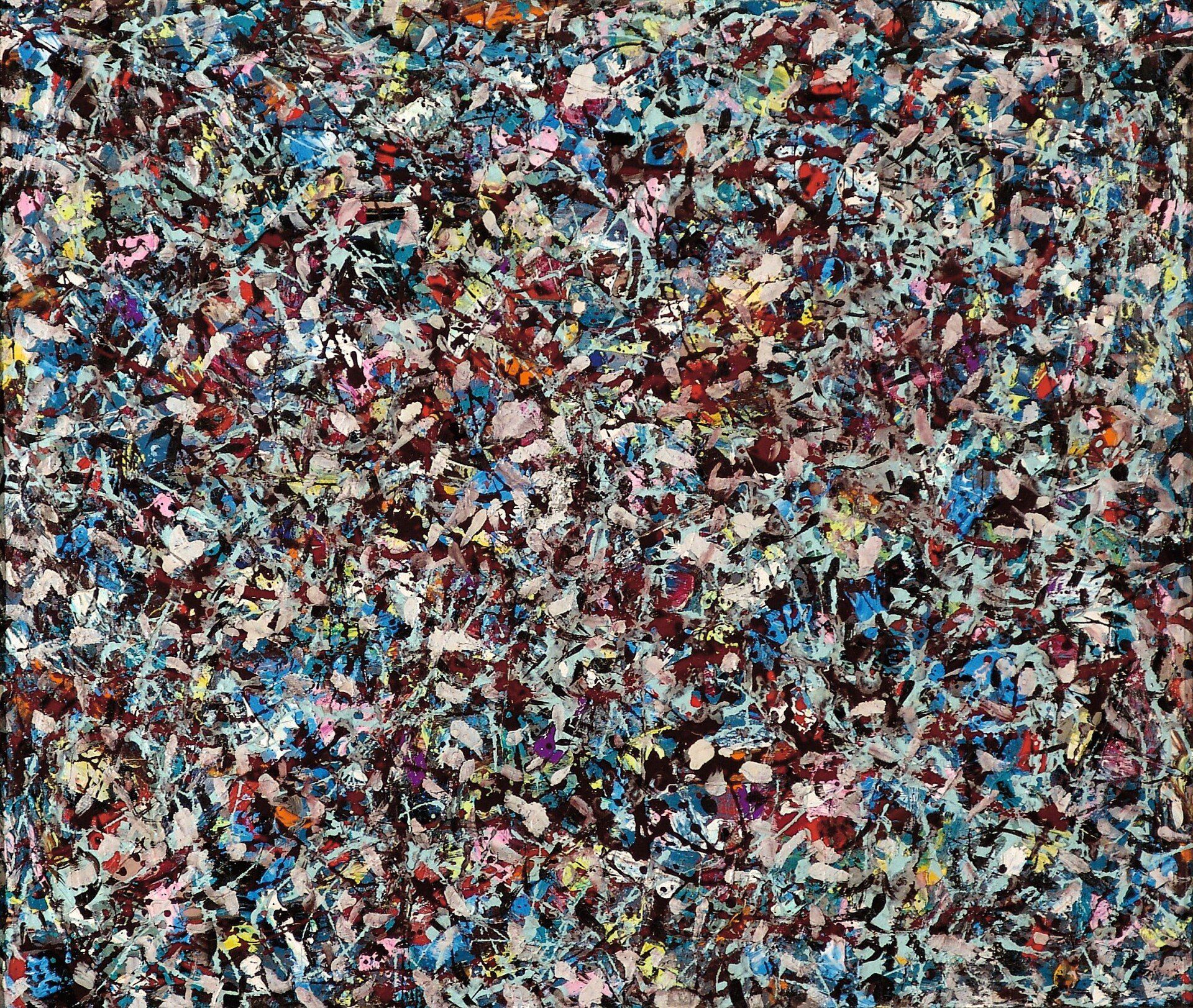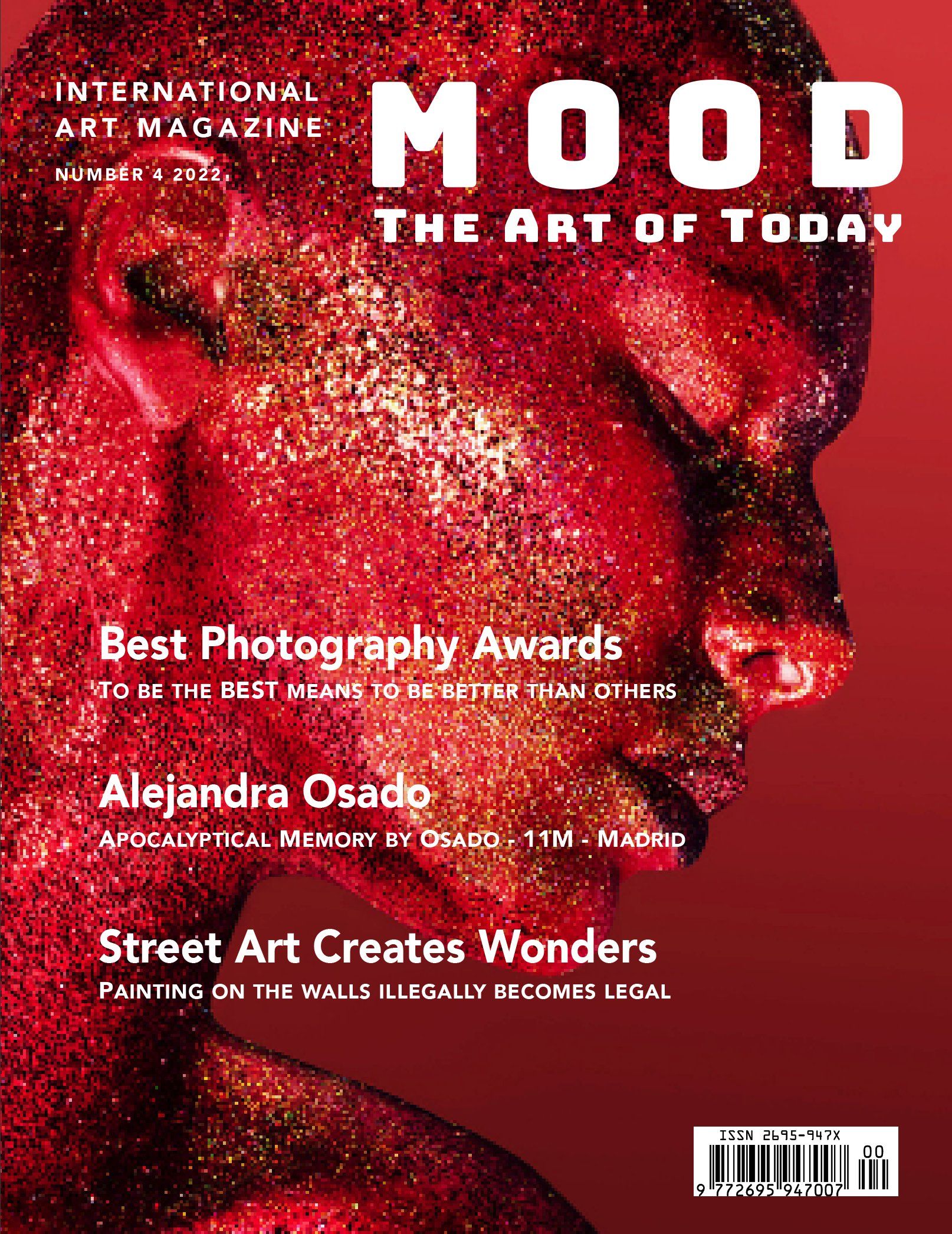GUGGENHEIM MUSEUM BILBAO
The Guggenheim Museum Bilbao is one of the main tourist attractions that Spain has to offer art lovers. In fact, since the opening of this museum on October 18, 1997, Bilbao has gone from being an industrial city to receiving many tourists each year, who come to see and enjoy the Guggenheim exhibitions.
The creation of the Guggenheim Museum Bilbao appeared as part of a plan to renew the city, carried out in the 1990s by the Basque government in collaboration with the Solomon R. Guggenheim Foundation, a private organization. While the public sector was in charge of providing funds for the project and facilitating the space in which the museum would be located, the private sector took charge of the administration and offered on loan the set of works that make up the core of the collection.
The result was a complete success, activating the economy of the city of Bilbao and putting the Basque Country in the spotlight of international tourism for art lovers. So much so that nowadays the ability of the development of a cultural institution to influence and help the local economy of a city is known as the 'Bilbao Effect'.
The Guggenheim Museum Bilbao is part of the Guggenheim network of museums, which has two other locations in the cities of New York and Venice. The latest addition to the Solomon R. Guggenheim Foundation, the opening of the Guggenheim in Abu Dhabi, is scheduled for 2022. This building, found in Abu Dhabi's Saadiyat Island Cultural District, will be turned into a contemporary art museum.
The Frank Gehry Building
An important part of the success of the Guggenheim Museum Bilbao project was the choice of the famous contemporary architect Frank Gehry to design a building that could serve as a hallmark of the institution – and even of the city.
Gehry, known worldwide for his organic forms clad in titanium, managed to create an iconic building by combining elements typical of deconstructivism architecture with fluid and organic forms. In this way, the Guggenheim Museum Bilbao, found in the port area of Bilbao, on the banks of the Nervion River, has become Frank Gehry's most famous work.
The building measures 24,000 square metres and is impressive. Its exterior part, with geometric shapes, is covered by aluminium sheets that give the whole a bright and striking appearance.
It is an original and innovative building in every way. During its design in 1990, the usual engineering and architectural techniques were abandoned and replaced by something more innovative.
The Guggenheim Museum Bilbao was designed using a soft-ware called CATIA, a computer-aided design (CAD) developed by Dassault Systèmes, a French company that devised it for use in aerospace design. The construction of the building that houses the Guggenheim Museum in Bilbao was one of the first major architectural projects to use software for its design.
If we focus on the organization of space, the Guggenheim Museum Bilbao consists of 20 galleries for exhibitions connected to each other by bridges, corridors and stairs, organized on three levels and distributed around a large atrium. As a result, the complex is flooded with natural light that enters through its many skylights and windows.
Both the exterior and the galleries found on the ground floor are characterized by the union of the use of natural light and the use of geometric and curvilinear shapes, giving rise to original and beautiful spaces in themselves. In contrast, the design of the rest of the exhibition rooms is the complete opposite and they are nothing more than spaces of simple shapes, or ‘white boxes’ without windows or natural light entrances.
Within the museum grounds we also find a library, a cafeteria, two restaurants, a bookstore and ZeroEspacioA, which is an interactive learning area. It should also be noted that the museum building is adapted and completely accessible for people with physical disabilities, thus opening art to anyone who wishes to enjoy it.
The Guggenheim Museum Bilbao art collection
The Guggenheim Museum Bilbao houses works by contemporary artists from the twentieth and twenty-first centuries, and has its own collection worth seeing.
In addition, many works (paintings and sculptures) are shown that have been commissioned or acquired over the years since the museum’s foundation. Among these works, those of artists such as Jean-Michel Basquiat, Anselm Kiefer, Willem de Kooning, Robert Motherwell, Sigmar Polke, Gerhard Richter, James Rosenquist, Clifford Still, Cy Twombly, Andy Warhol, Joseph Beuys, Mark and Robert Rauschenberg, Mark Rothko, Francesco Clemente and Sol LeWitt stand out.Another key point in the collection of the Guggenheim Museum Bilbao is its focus on the works of Spanish artists and contemporary Basques. Within this group, of particular note are the works of authors of great relevance, both nationally and internationally, such as Antonio Tàpies, Eduardo Chillida, Antonio Saura, Jorge Oteiza and Juan Muñoz.
Since its founding, the museum has exhibited great works of art created specifically for the place. The main example of this is the famous series by Richard Serra known as The Matter of Time. In this area we could also highlight the works created by artists such as Jeff Koons, Fujiko Nakaya, Anish Kapoor, Louise Bourgeois, Daniel Buren and Yves Klein, among others.
In addition to the works already mentioned, the Guggenheim in Bilbao has many important temporary exhibitions, other types of artistic events, educational activities, workshops for children and adults, conferences and talks, concerts, etc. Among these activities, its Art After Dark stands out, a special event held one Friday a month, and which consists of the fusion of music and art.
Undoubtedly the presence of the Guggenheim museum building in Bilbao and the works it houses inside are an excellent opportunity to get closer and enjoy contemporary art in Spain.
CURRENT EXHIBITION AT THE GUGGENHEIM MUSEUM BILBAO
Lee Krasner - Living Color
Dates: September 18, 2020 – January 10, 2021
Curators: Eleanor Nairne, Barbican Art Gallery, and Lucía Agirre, Guggenheim Museum Bilbao
Exhibition organized by the Barbican Centre of London in collaboration with the Guggenheim Museum Bilbao.
Sponsored by Seguros Bilbao
Lee Krasner’s works are characterized by incessant reinvention and exploration throughout her entire career: from her early self-portraits and life drawings to her exuberant, monumental works from the early 1960s, along with her Little Images from the late 1940s and her groundbreaking collages from the 1950s.
Unlike many of her contemporaries, Lee Krasner rejected the idea of a “signature image” because she found it overly rigid; the artist worked in series and constantly sought new means of authentic expression.
After the death of several of her loved ones in the 1950s and a period of mourning in which her works took on umber tones, Krasner allowed light and color to burst back into her works in the 1960s.
The Guggenheim Museum Bilbao is presenting Lee Krasner. Living Color, a retrospective devoted to this New York artist who was a pioneer in Abstract Expressionism. The show brings together a broad range of pieces, some of them never before shown in Europe. In this exhibition, sponsored by Seguros Bilbao, the public will be able to see the incessant reinvention and exploration that characterizes the oeuvre of Lee Krasner (1908–1984) throughout the 50 years of her career: from her earliest self-portraits and life drawings to her exuberant, monumental works from the early 1960’s, along with her Little Images from the late 1940’s and her groundbreaking collages from the 1950’s.
















